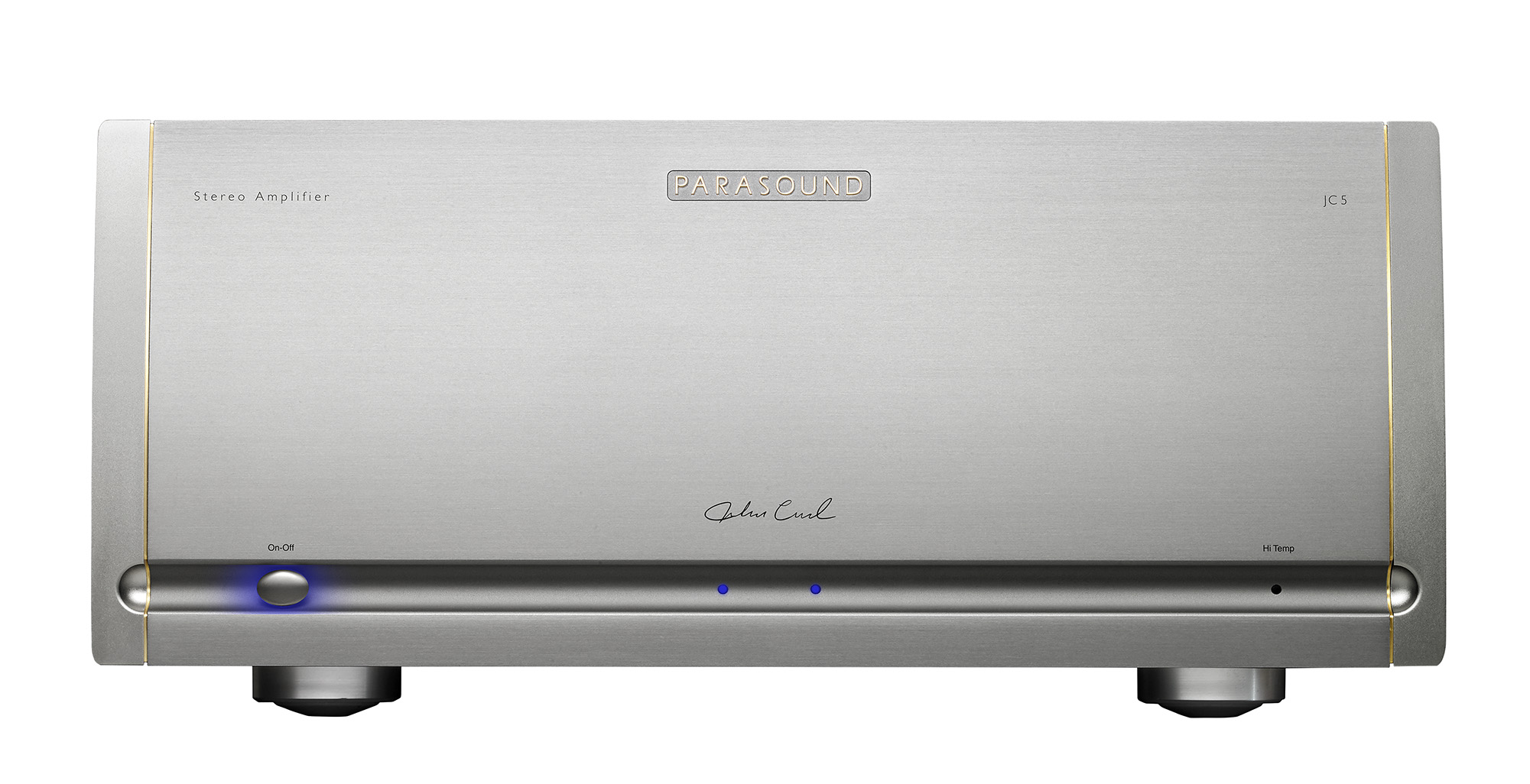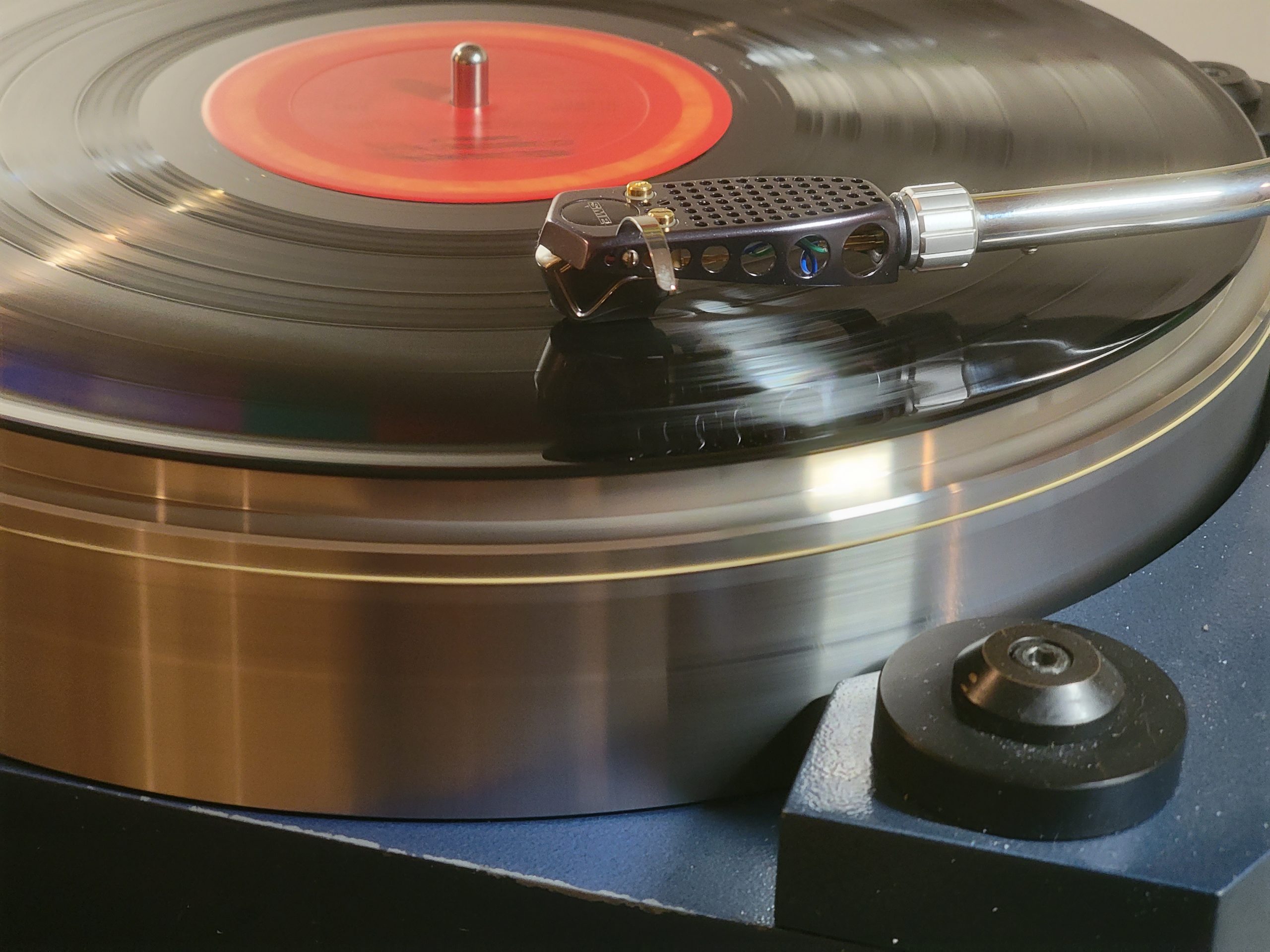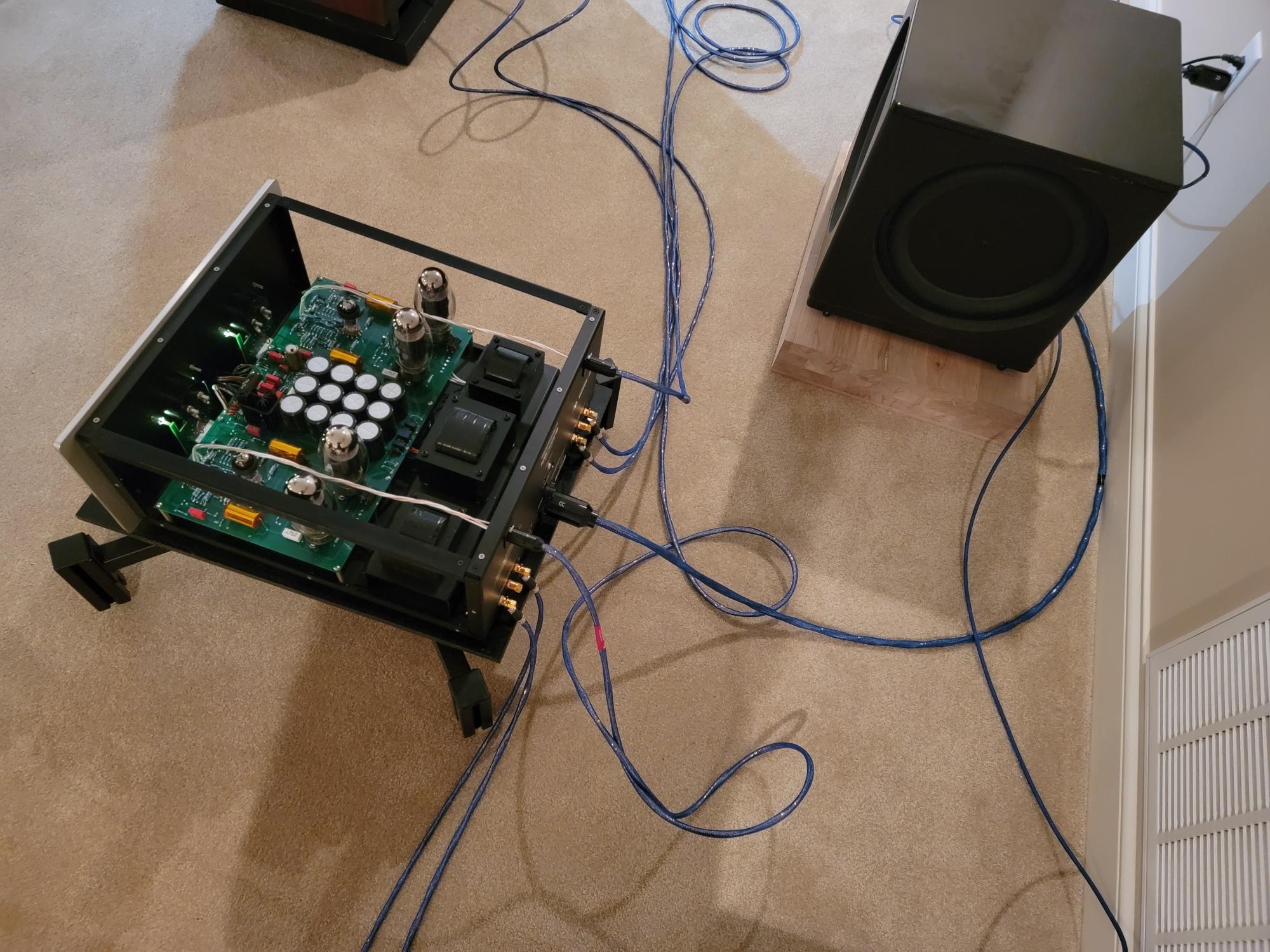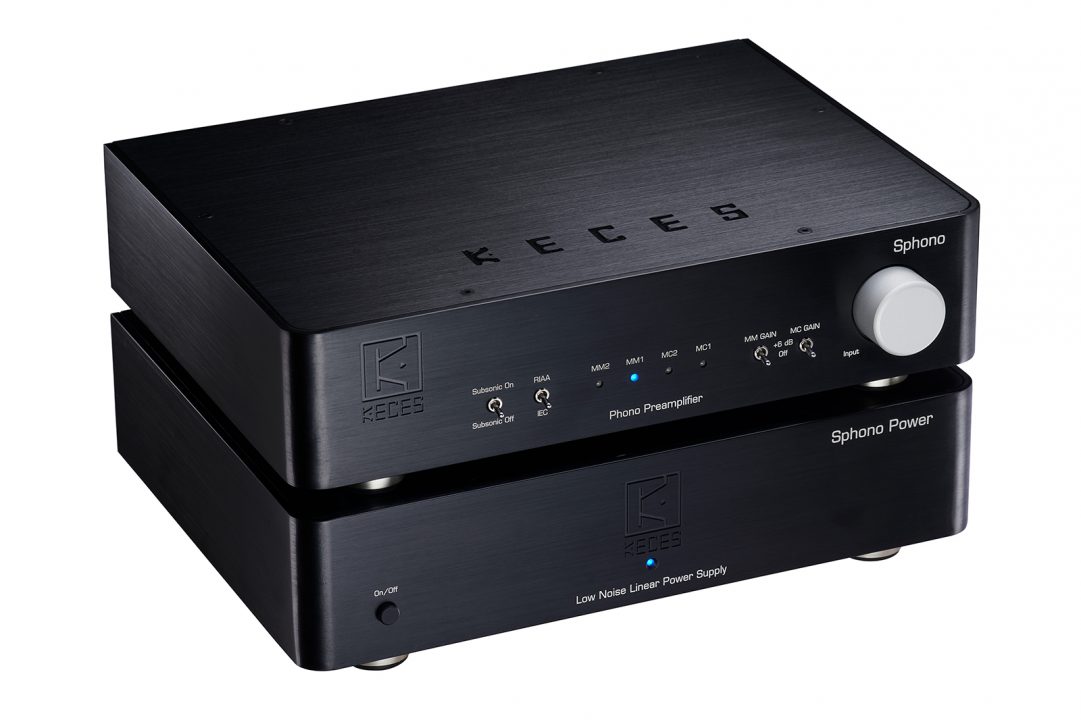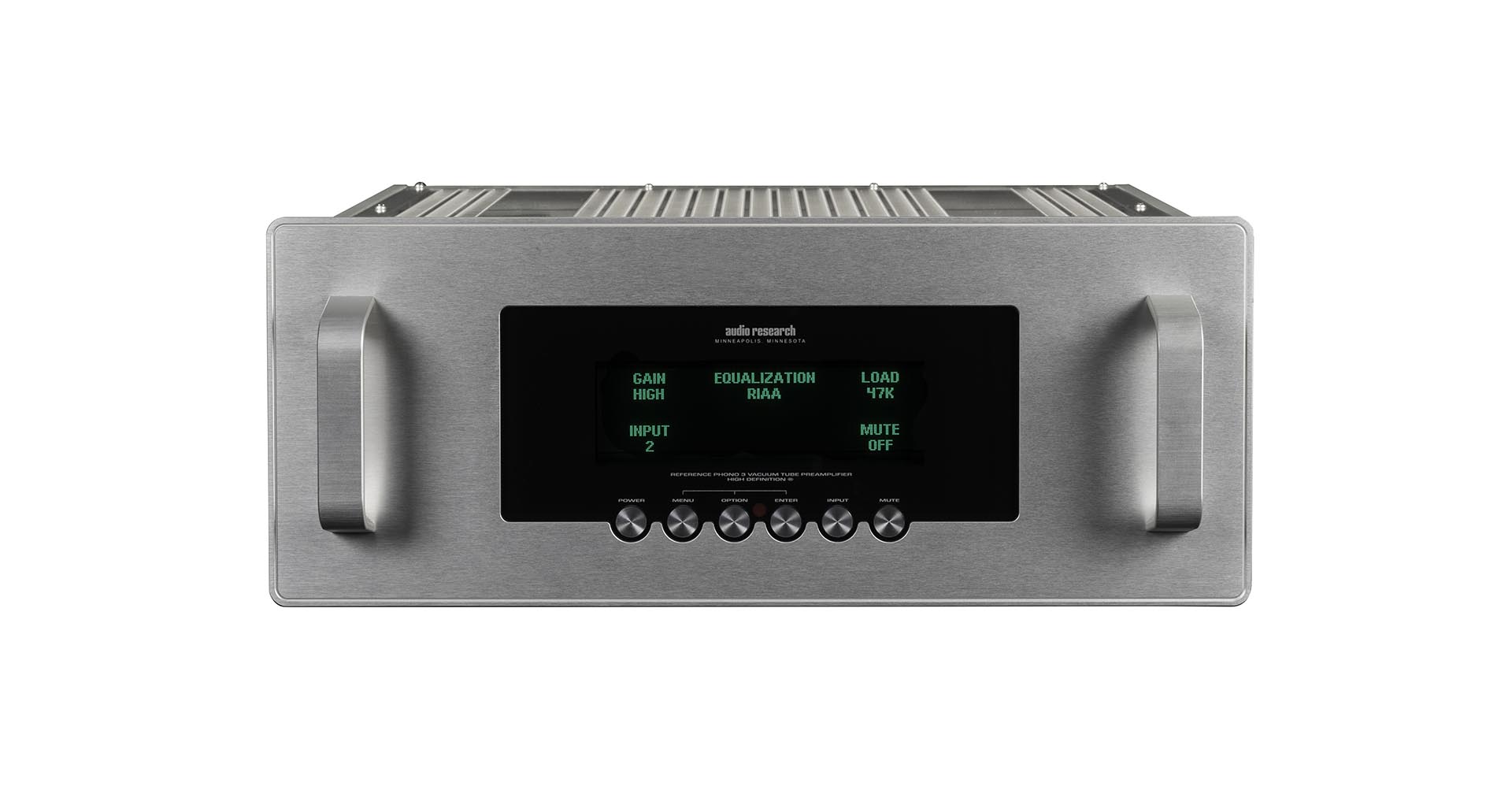
Q. What is your background in electronics and how long have you been designing audio circuits?
A. I have been designing electronics for a solid 33 years, ever since getting my Electrical Engineering degree. I'm not a lawyer or hobbyist turned designer; I've been designing from day one. My focus has not just been with audio, but rather a variety of technologies; from high resolution displays to power supplies to cell phones to instrumentation to RF. And even though my specialty has always been analog circuitry, I've gotten really good with firmware and embedded digital systems, manifesting itself as pushbutton controls on the Trumpet Reference. What I've found really important is how techniques and knowledge garnered from these various specialties are able to translate back into audio. I feel this gives me a distinct advantage over designers who have done nothing but audio itself. What I bring to the table are not copycat or incremental designs, but innovative and elegant solutions you don't find anywhere else.
Q. What were your design goals for the Trumpet Reference phonostage?
A. Basically it was time to take the original Trumpet to the next level. It had been a beautiful machine and my 'piece de resistance', but customers complained it was too tall for their equipment racks. The other drawback, of course, was that it was purely an MM phonostage. I addressed these shortcomings in the Reference by adding MC capability, a second input, selectable EQ and loading, and a variety of other features, all controlled conveniently from the front panel. In addition, I upgraded components and circuit topology wherever possible and implemented a power supply that would also run at 240V.
Q. Can you explain why you chose to use a fully balanced circuit and how that works given the input and output connections are made using single-ended RCA connectors? Since you chose to use a fully balanced circuit, why not offer XLR balanced input and output connectors as an option?
A. I/O doesn't really matter unless you are doing long runs across a studio or from room to room. I realize a lot of people may disagree with this, but single-ended interconnects can perform wonderfully in a controlled situation, which is what we're dealing with here. More significantly, when the original Trumpet was available with XLR inputs and outputs, virtually everyone bought it with RCAs. That was all the answer I needed. Besides, you only get two wires from each channel of a cartridge (not three)—the only way to do a low-noise balanced connection is by implementing a center-tapped step-up transformer.
What truly makes a difference is the benefit achieved from having balanced circuits within. You get distortion cancellation, constant current operation, and power supply noise rejection. Balanced circuits are spectacular and outperform single-ended in every aspect. The drawback is cost. You end up with double the number of tubes, double the power supply, etc. It's very expensive, and that's why I think very few manufacturers go down this route.
Q. Your power supply uses 4 chokes. Is that due to the balanced configuration of the circuit?
A. Yes, balanced circuits require both B+ and B- (positive and negative supplies). Each power rail has choked regulation and filtering, smoothing both voltage and current. Again, it's the expensive but superior approach. It works far better than the cheesy, brute force method you often see of having a huge bank of capacitors—a dead giveaway the designer is a hack.
Q. Can you explain a little about the quality of parts you have chosen including all of the front panel switches and how they influence the sound of the Trumpet Reference?
A. They are all top-notch parts. Resistors are military grade precision metal films; capacitors are MultiCap polypropylene - audiophile components throughout. Front panel switches have no effect on sound, as they are not part of the audio chain. They merely control hermitically sealed telecom relays, which are positioned within the signal path, right where the need to be. No audio signals get routed to the front panel, as you typically find in lesser equipment.
Q. What do you want audiophiles to know about your Trumpet Reference phono stage?
A. I should have priced it above twenty grand, so people would give it the respect it deserves.




